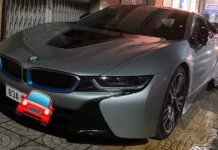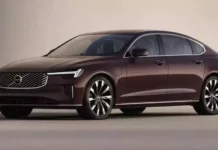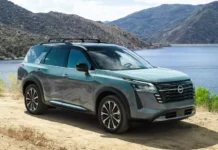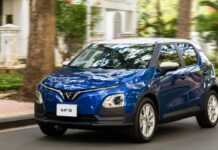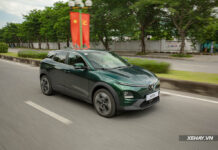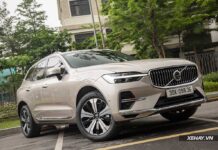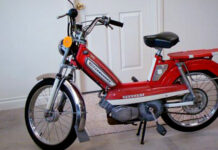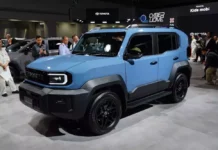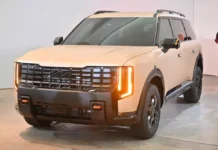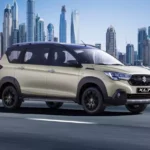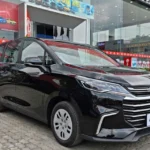VAD, the official importer and distributor of Nissan vehicles in Vietnam, has announced a recall of the Nissan Kicks model. The recall campaign commenced on May 8, 2025, and will span over a five-year period.
According to VAD’s announcement, a total of 587 Nissan Kicks vehicles in Vietnam are affected by this recall. The affected vehicles were manufactured in Thailand between May 18, 2022, and May 12, 2023, and imported into Vietnam as complete knock-down units.
The purpose of this recall campaign is to inspect and update the lithium-ion battery control software on the Nissan Kicks to prevent incorrect display of the system warning light, which could impact the vehicle’s movement and operational status.
Authorized Nissan dealers nationwide will receive and rectify the issue for Nissan Kicks owners. The inspection and software update process is estimated to take over 30 minutes per vehicle and will be carried out free of charge.
The Nissan Kicks is a B-segment SUV that was first introduced in the Vietnamese market in November 2022. Initially, two variants, the E and V, were offered, with prices ranging from 789 million to 858 million VND, which was considered high for the segment. This pricing, coupled with consumer concerns over battery longevity, resulted in weak sales for the Nissan Kicks in Vietnam. Consequently, dealerships frequently offered significant discounts, sometimes exceeding 200 million VND.
Towards the end of 2023, the distributor ceased importing the base E variant into Vietnam. In 2024, the company also stated that they had no plans to introduce the new model year Kicks.
The Nissan Kicks is equipped with an e-Power series hybrid powertrain. This system comprises an electric motor, lithium-ion battery, inverter, gasoline engine, and generator. The electric motor delivers a maximum output of 136 horsepower and 280 Nm of torque. The gasoline engine is a 1.2-liter, 3-cylinder, DOHC, 12-valve unit that generates 82 horsepower and 103 Nm of torque.
In the Nissan Kicks, the gasoline engine does not directly power the vehicle but functions as a generator to charge the battery. The electric motor, on the other hand, is responsible for propulsion. This configuration allows the vehicle to operate like an electric car while eliminating the need for plug-in charging, and it achieves impressive fuel efficiency with a consumption rate of just 2.2 liters per 100 kilometers in city driving.
The Vietnamese Taxi Market in Q1 2025: Green SM Maintains its Lead, Extending its Advantage Over Grab and Other Competitors
According to the latest report by multinational market research firm, Mordor Intelligence, Green SM maintained its leading position in the Vietnamese taxi and ride-hailing market in Q1 2025, capturing 39.85% market share and widening the gap with its closest competitor, Grab, at 35.57%. This achievement not only showcases the steady growth of the Vietnamese electric taxi company but also reflects the rising preference of Vietnamese users for eco-friendly transportation options.


